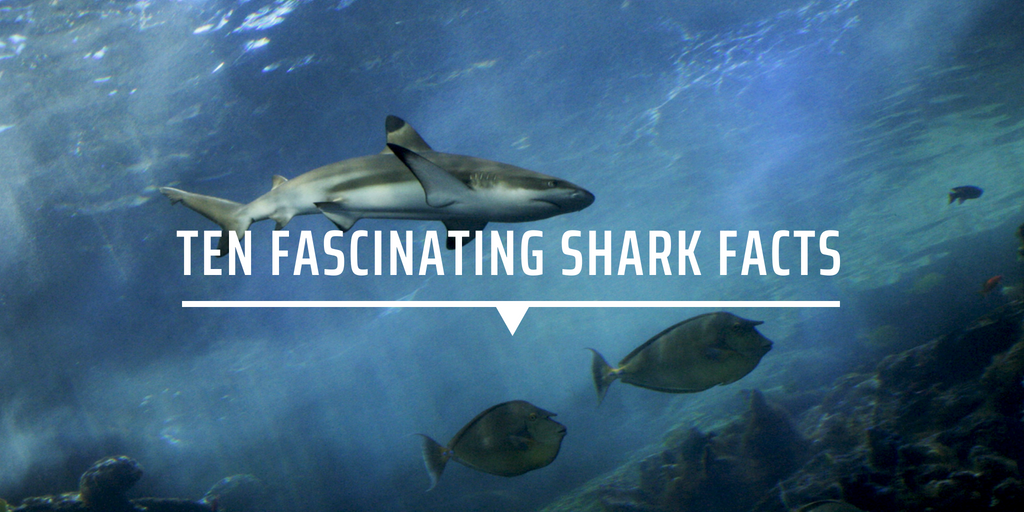
That's a great way to swim forward in a hurry, but not so great for rear motion. An area of muscle near to the tail generates most of the force. The majority of them have an anatomical design that allows them to flex their bodies and move their tail, or caudal, fin to thrust themselves through the water. Remember the old line that Ginger Rogers was more talented than Fred Astaire because she had to do everything he did, backwards and in high heels? Well, most fish would be lousy dancers, and not just because they don't have feet. SEFSC Pascagoula Laboratory Collection of Brandi Noble, NOAA/NMFS/SEFSC That enables catfish to scavenge for food even in muddy, murky water. They're literally covered from head to tail with taste buds. Catfish have the most sophisticated palates of all. They're actually capable of tasting food before they have it in their mouths. Many species have taste buds not just on their tongues, but on their fins, face and tail area as well. Sharks, rays, eels and salmon have such fine-tuned olfactory rosettes (the organs that detect scents) that they can smell chemical levels as low as one part per billion in the water around them.įishes' ability to taste is similarly well-developed. Migrating salmon can recognize the odor of their home stream.

Some fish use smell to help them find a safe place to lay their eggs.


But what they lack in binocular vision, they make up for with extremely acute interrelated senses of smell and taste, which they rely on to perceive their environment. That's because their eyes are on the opposite sides of their heads. Unlike humans, fish don't have 3-D vision.


 0 kommentar(er)
0 kommentar(er)
